I have long advocated for the complete elimination of nature. If we all work together, we can pave the planet and remove the threat that uncaged animals and plants pose to us once and for all.
Assembled here is a rogue’s gallery of the most deadly creatures in the world — a top 10 list of animal kingdom killers, conscience-free murder junkies that will kill you and everyone you love, whether with teeth, claws, venom, parasites, or even handguns. It’s bad out there in the natural world.
Mosquitos (1,000,000 deaths per year)
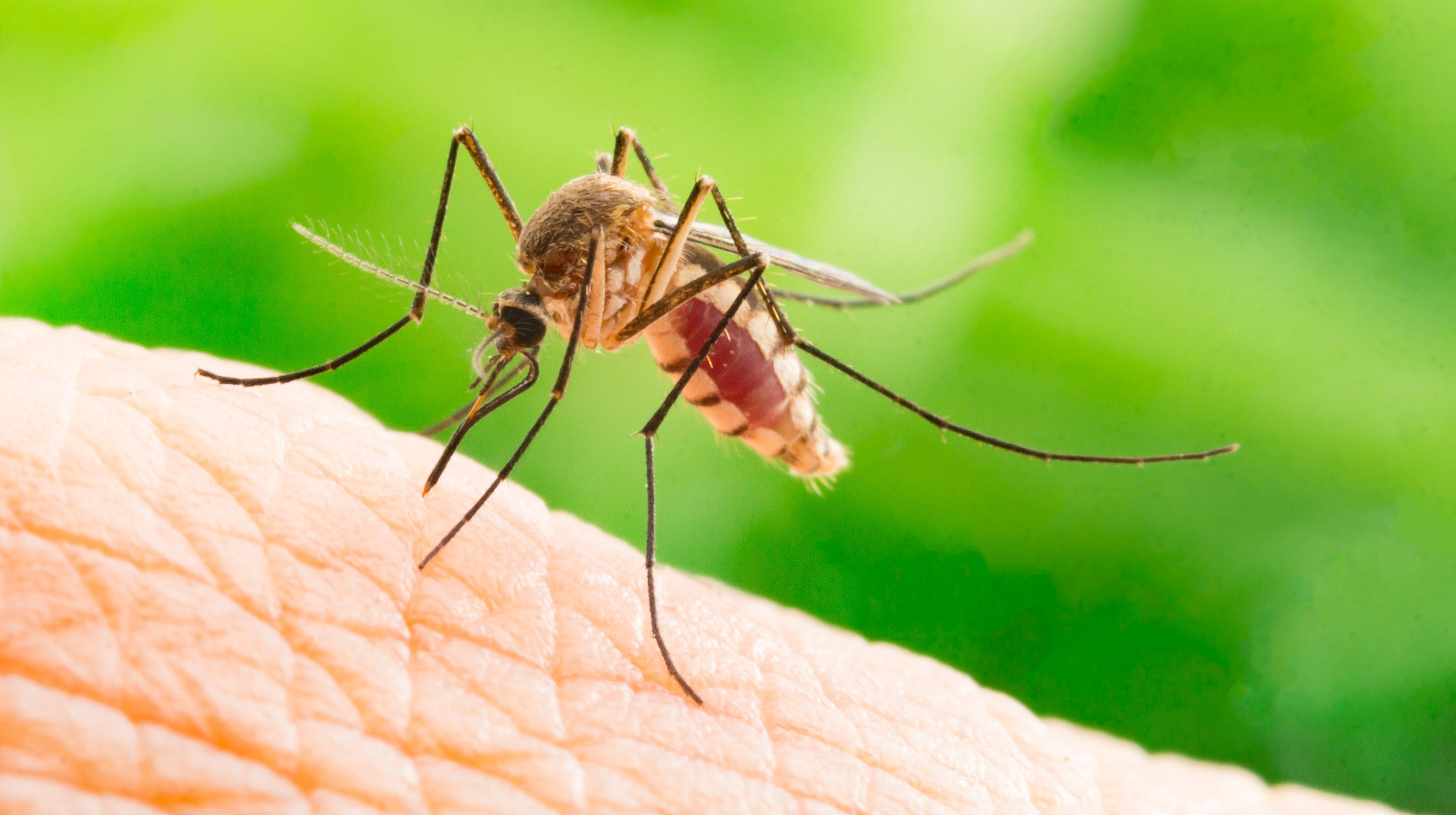
In determining the deadliest animal, it’s easy to point at the massive body count caused by mosquitos: Around a million people a year is some serious killing power. But there should probably be an asterisk next to their name in the record book. The bugs themselves don’t actually kill anyone; it’s the arboviruses they spread that do you in. Mosquitos spread chikungunya, dengue, West Nile, yellow fever, and Zika, but the worst mosquito-borne disease is malaria, which kills about 627, 000 people per year.
Most U.S. mosquitos don’t carry deadly diseases, but you never know in this topsy-turvy world, so try to rid your environment of as much standing water as possible — that’s where they breed.
Humans (537,000 deaths per year)

When it comes to directly causing human deaths, the winner, hands down, is humans. Nearly a half a million deaths are caused by people murdering other people each year. This statistic is a little misleading, because the male half of the human population is responsible for 80% of homicides, so it’s mostly just dudes. When you add in deaths due to war (also dudes), you have to stack on about 100,000 more corpses.
Things get a little murkier if you try to determine how many people are killed by indirect consequences of human actions like climate change, famine caused by supply chain issues, and suicides due to the alienation of modern life, but it’s a lot. No matter how you cut it up, man is the greatest man-killer.
Freshwater snails (200,000 deaths per year)
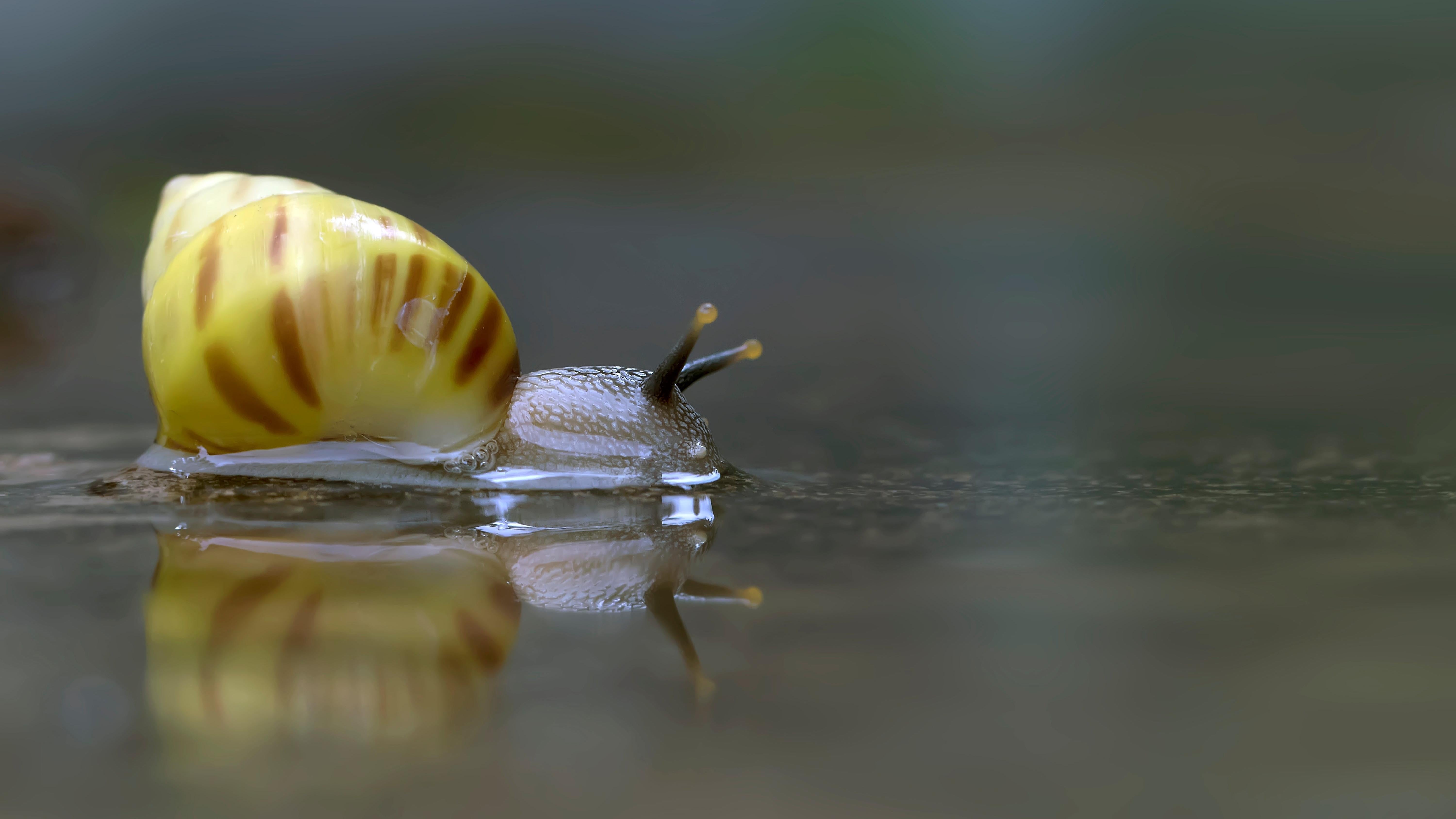
You know those little snails you put in your fish-tank to eat algae? They are killers — as long as they team up with flukes, anyway. The murderous duo works together like Bonnie and Clyde. Snails carry the flukes into the water. The flukes burrow into your skin while you’re swimming, and you don’t even know it’s happening. From there, your body becomes a fluke spawning ground. They get into your blood vessels and reproduce, for years or decades, without you even knowing it. The fluke lay eggs with sharp barbs that attach to various tissue, and can eventually cause anemia and death. Have you been swimming in freshwater in the last 20 years? If so, this is probably happening inside you right now.
Snakes (100,000 deaths per year)
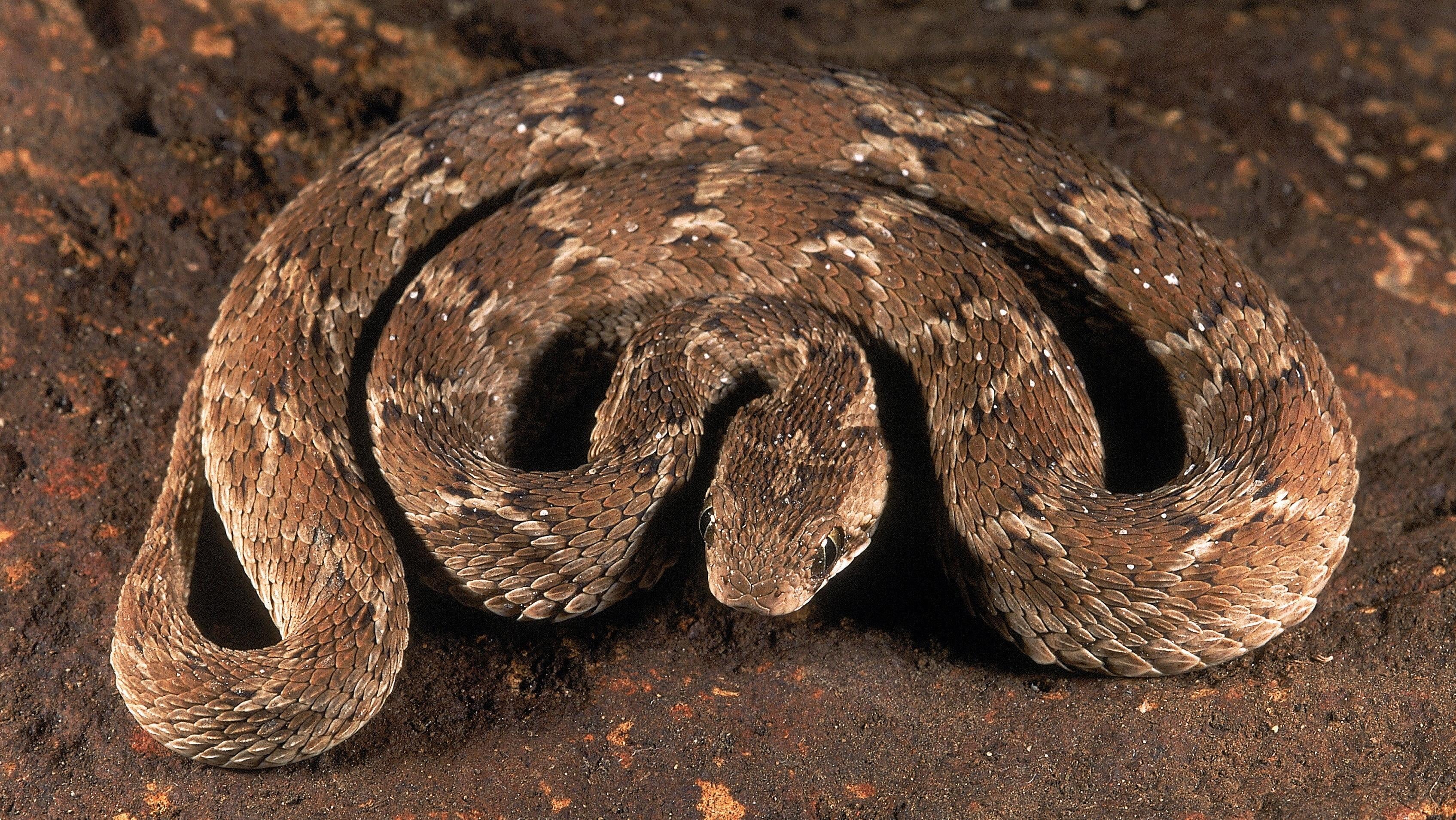
According to the World Health organisation, between 81,000 to 138,000 people die each year due to snakebites, and three times that number have to have something amputated after being attacked by a snake.
The saw-scaled viper is the undisputed king of death-bringing snakes; it’s responsible for more human deaths than all other kinds of snakes combined. Found across Africa, Arabia, southwestern Asia, India, and Sri Lanka, the saw-scaled viper doesn’t have the deadliest venom — it’s only fatal about 10 per cent of the time — but it make up for it in terms of sheer aggression and large numbers. They’re common, and they will attack you just for looking at them.
The Australian Inland taipan is by far the deadliest of all snakes in terms of venom potency. Its brew of neurotoxins, hemotoxins, and myotoxins is so deadly to humans that one bite from Inland taipan possesses enough venom to kill at least 100 people. Luckily, the inland taipan is rare, reclusive, and prefers to avoid confrontation. Almost all of the few reports of bites from Taipan are among herpetologists handling captive snakes, and a rapid course of anti-venom saved most of their lives.
Dogs (25,000 deaths per year)

“Man’s best friend” my arse. Dogs kill around 25,000 people per year worldwide, although the huge majority of deaths attributed to dogs are not due to folks having their throats ripped out. Instead, about 99% dog-caused deaths are really deaths-by-rabies. Still, about 30 people per year are killed by non-rabid dog in the United States alone. The deadliest breed of dog is (you guessed it) the pit bull.
Roundworms (4,500 deaths per year)

Roundworms are so freakin’ gross looking, I chose to include a picture of adorable kittens instead. (Kittens are responsible for a statistically insignificant number of human deaths, but they do carry roundworms). Roundworms are most common in animals, but you’re an animal too, so you can get roundworms from accidentally ingesting something that infected faeces once touched. It happens mostly to children, who are dumb and prone to putting sand or dirt in their mouths.
Once the worm larvae enter your body, they just wander around in there. Maybe nothing bad happens. But maybe they swim into your eye. And you go blind from worms in your eye. Or maybe they just get into your intestines and start reproducing in there, causing vomiting, malnutrition, severe abdominal pain, and other, sometimes deadly, symptoms. Luckily, it’s easy to treat internal worms — modern medicine keeps the worms from growing and they pass out of your body eventually. Unluckily, many people don’t have access to adequate medical treatments, so around 4,500 people per year die each year from worms.
Scorpions (3,000 deaths per year)
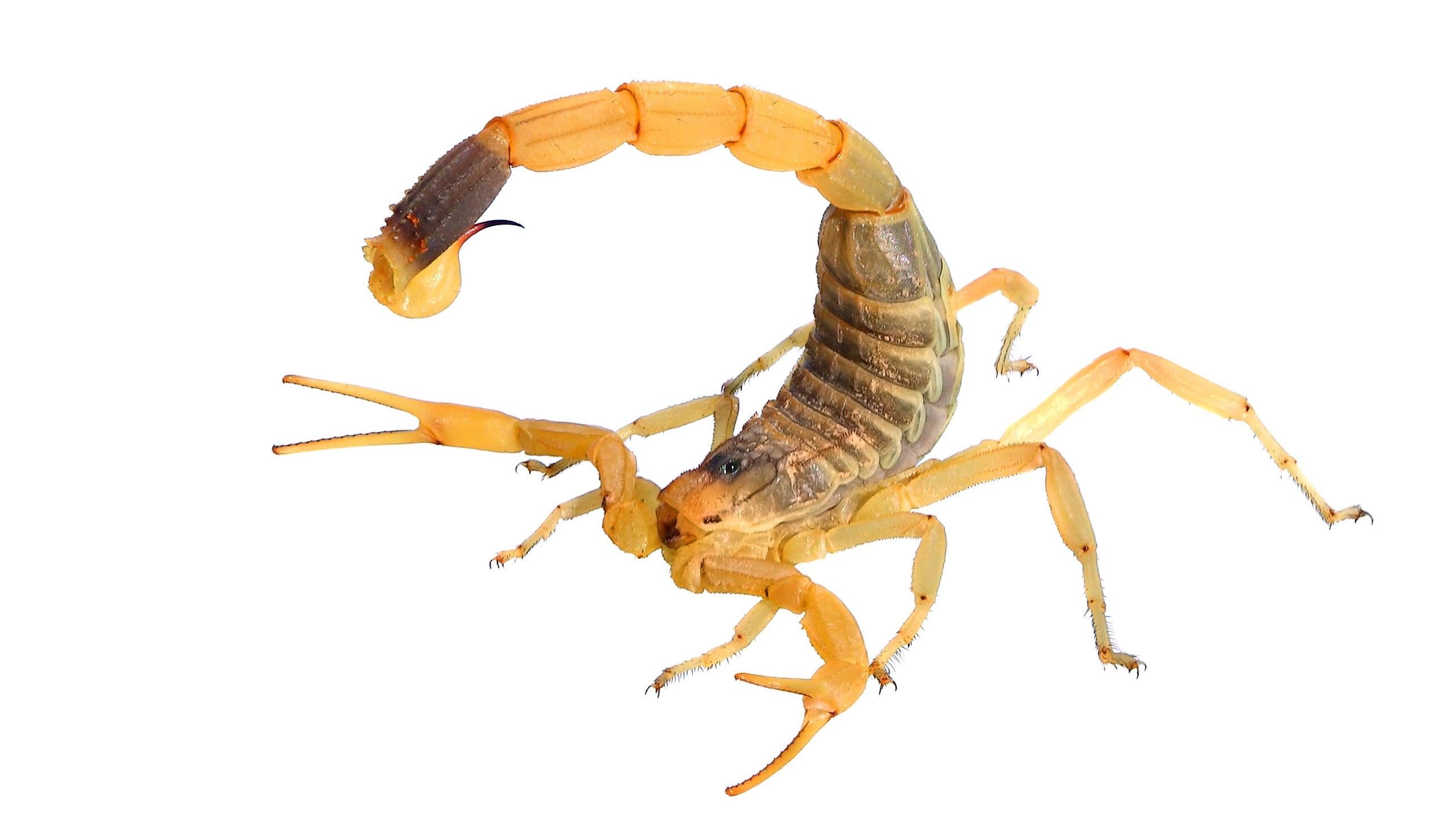
There are nearly 2,000 species of scorpion on earth, but only 30 to 40 of them are venomous enough to cause human deaths.
The most deadly kind of scorpion is the awesomely named deathstalker. Native to the Middle East and North Africa, the deathstalker is full of neurotoxic venom that paralyzes then kills you. But their unique mixture of chlorotoxin, agitoxin, and scyllatoxin is also the most valuable liquid on earth: A gallon of deathstalker venom is worth about $US39 ($54) million because it can be used to treat cancer, malaria, and bacterial infections like tuberculosis.
Crocodiles (1,000 deaths per year)
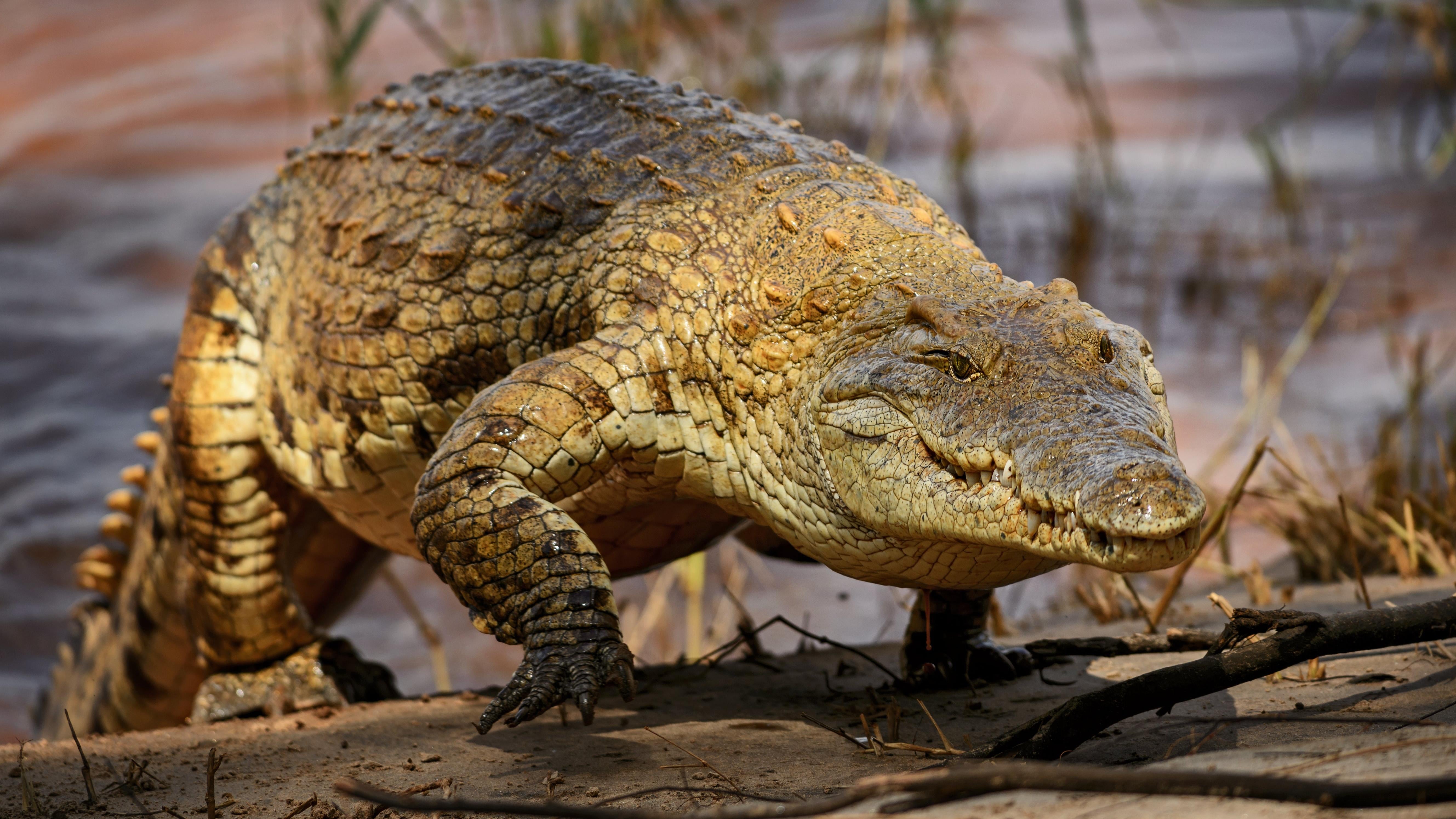
Crocodiles kill around 1,000 people a year — not too shabby — but there was one year when crocodiles (maybe) killed twice as many as that.
In 1945, on the 22 of February, British and Indian forces squared off with the Japanese army that was occupying in Ramree Island in Burma (now Myanmar). After weeks of furious fighting, the Japanese forces were pushed back to the swampland. Rather than surrender, about 1,000 Japanese men retreated into crocodile infested wetlands. Only a handful came out. Here’s how Indian Lieutenant-General Jack Jacob described it:
“We went in with boats and interpreters using loudhailers asking them to come out. Not a single one did. Salt-water crocodiles, some of them well over 20 ft (6.1 m) long frequented these waters. It is not difficult to imagine what happened to the Japanese who took refuge in the mangroves!”
Later historians maintain that the Japanese soldiers mostly drowned or were shot, and the crocodiles scavenged on their corpses afterwards. Still: Crocodiles = bad.
Hippopotamus (500 deaths per year)
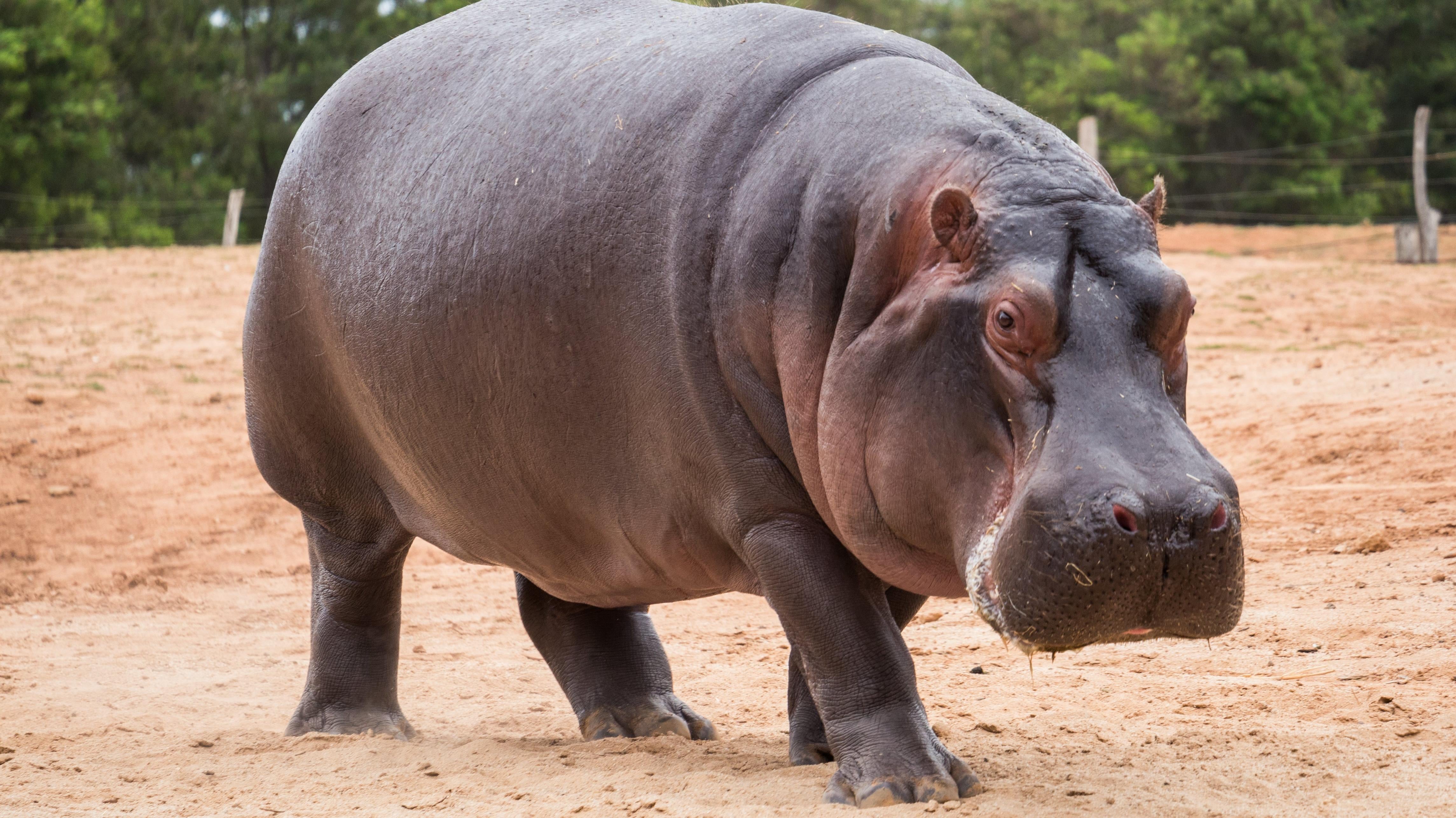
While the hippo doesn’t boast the death toll of snakes or worms, they are gigantic, terrifying beasts, even though they look sort of cute. Violent, territorial, and surprisingly fast, Hippopotamuses have been known to charge and capsize boats, filling the river with victims who then either drown or are bitten/tusked or crushed to death by the hippos. Hippos will also attack and kill lions and hyenas too, but they have a special rivalry with crocodiles, since they both spend a lot of time in rivers. And to think the U.S. government once thought them a potential suitable replacement for the beef industry.
Lions (220 deaths per year)
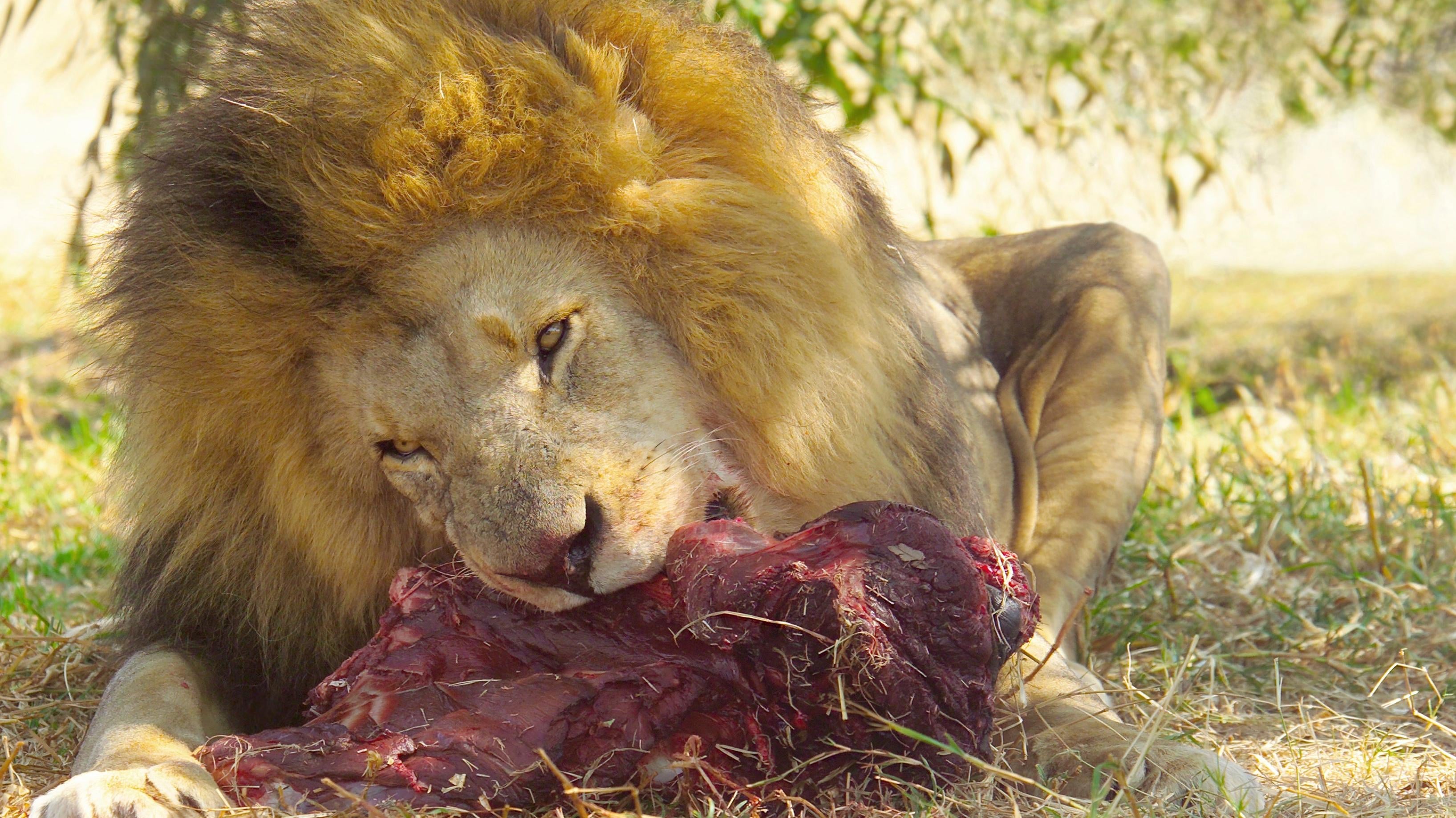
They might be called “king of the jungle,” but lions’ annual body count doesn’t support that lofty reputation (also, they don’t live in jungles). Still, lions kill around 220 people a year. Man isn’t their natural prey, but the big cats make occasional exceptions for juicy tourists or nature guides, although most of their victims are unlucky locals who happen to live near game reserves in Africa.
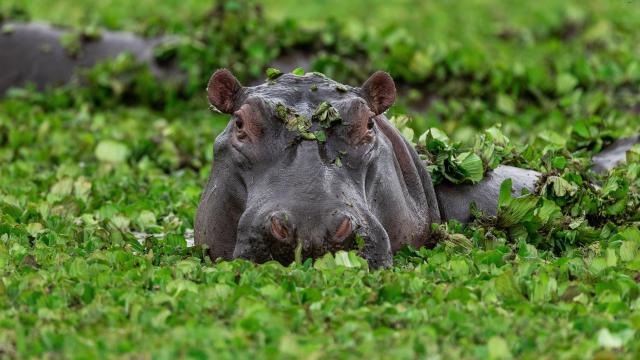
Leave a Reply
You must be logged in to post a comment.